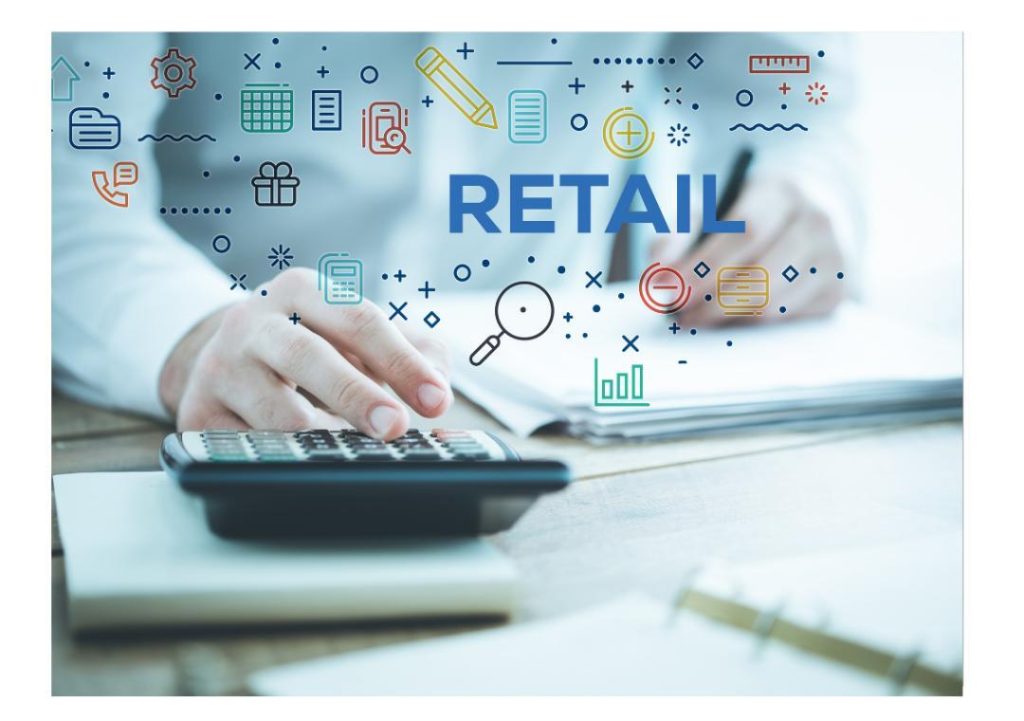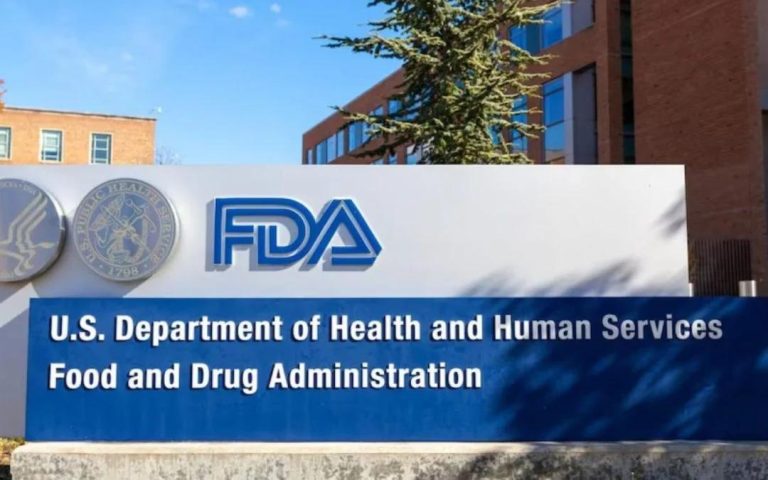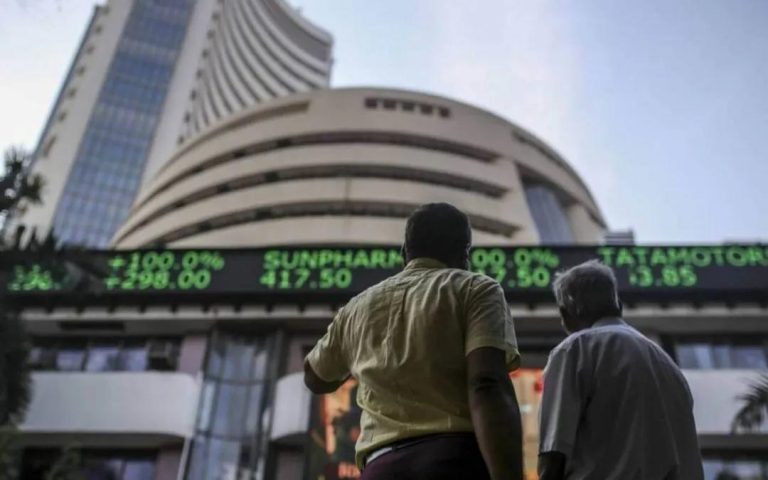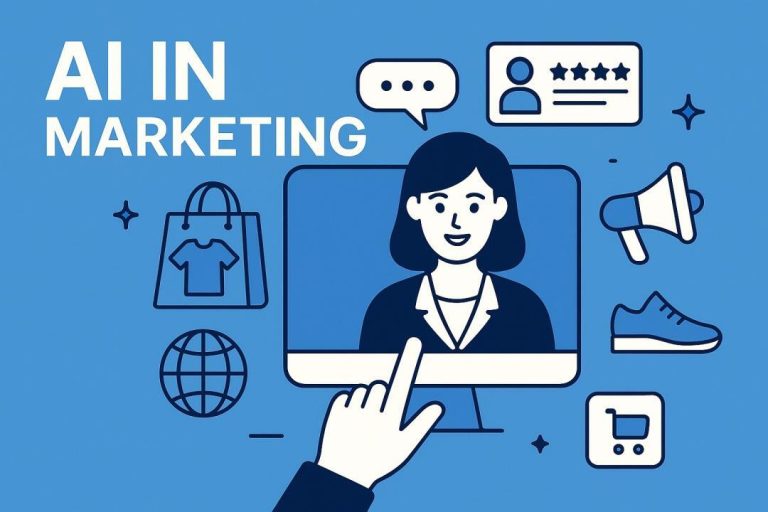
Retailers must bridge the gap between traffic and sales: McKinsey
In today’s competitive retail landscape, driving traffic to a store or website is no longer a challenging task. With the advent of digital marketing and social media, it has become relatively easy to attract potential customers. However, the real challenge begins when it is time to turn that interest into revenue. According to McKinsey, many retailers are focusing on a customer-centric approach, but several traditional retailers are yet to alter their business practices to bridge the gap between traffic and sales.
The issue is not that retailers are not trying to drive traffic; they are. They are investing heavily in digital marketing, influencer partnerships, and loyalty programs to attract customers. However, the problem lies in converting that traffic into sales. McKinsey estimates that up to 80% of customers who visit a store do not make a purchase, which is a staggering statistic.
So, what is the solution to this problem? The answer lies in understanding the customer journey and creating a sales funnel that guides prospects from awareness to action.
The importance of a sales funnel
A sales funnel is a marketing concept that describes the process of converting a prospect into a customer. It is a visual representation of the customer journey, from awareness to consideration, and finally, to conversion. The funnel illustrates how customers move through various stages, with each stage representing a level of engagement and commitment.
A sales funnel is essential for retailers because it helps them understand where their customers are getting stuck. By analyzing the funnel, retailers can identify the pain points and bottlenecks that are preventing customers from making a purchase. This information can then be used to optimize the sales process and improve conversion rates.
The four stages of a sales funnel
A sales funnel typically consists of four stages: awareness, consideration, desire, and action. Each stage represents a level of engagement and commitment, and each stage has its unique challenges and opportunities.
Stage 1: Awareness
The first stage of the sales funnel is awareness. This is where customers become aware of a product or brand. In today’s digital age, awareness is often created through social media, online advertising, and influencer partnerships. The goal of this stage is to grab the customer’s attention and make them aware of the product or brand.
Stage 2: Consideration
The second stage is consideration. This is where customers evaluate the product or brand and weigh their options. They may research the product, read reviews, and compare prices. The goal of this stage is to educate the customer about the product and its benefits.
Stage 3: Desire
The third stage is desire. This is where customers develop a desire for the product or brand. They may have a strong emotional connection with the product or brand, and they may be willing to make a purchase. The goal of this stage is to create an emotional connection with the customer and make them want the product.
Stage 4: Action
The final stage is action. This is where customers make a purchase or take some other desired action. The goal of this stage is to make the purchase process as seamless and easy as possible.
How to bridge the gap between traffic and sales
So, how can retailers bridge the gap between traffic and sales? Here are a few strategies that can help:
-
Optimize the sales funnel: Retailers should analyze their sales funnel to identify the pain points and bottlenecks that are preventing customers from making a purchase. By optimizing the funnel, retailers can improve conversion rates and increase sales.
-
Create a seamless user experience: The user experience is critical to the sales funnel. Retailers should ensure that their website and store are easy to navigate, and that the purchase process is seamless and easy.
-
Use persuasive marketing: Retailers should use persuasive marketing techniques, such as scarcity, social proof, and urgency, to encourage customers to make a purchase.
-
Offer personalized experiences: Retailers should offer personalized experiences to customers, such as product recommendations and loyalty programs, to make them feel valued and appreciated.
-
Measure and analyze data: Retailers should measure and analyze data to understand their customers’ behavior and preferences. This information can be used to optimize the sales funnel and improve conversion rates.
Conclusion
In conclusion, retailers must bridge the gap between traffic and sales by understanding the customer journey and creating a sales funnel that guides prospects from awareness to action. By optimizing the sales funnel, creating a seamless user experience, using persuasive marketing, offering personalized experiences, and measuring and analyzing data, retailers can improve conversion rates and increase sales.
Source:
https://www.growthjockey.com/blogs/retail-operating-model-types-benefits






